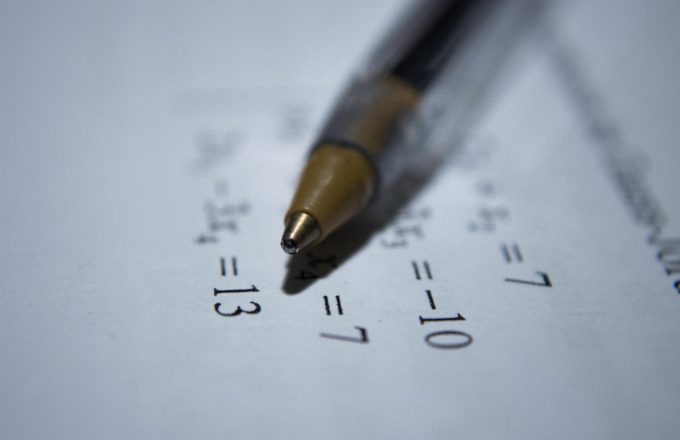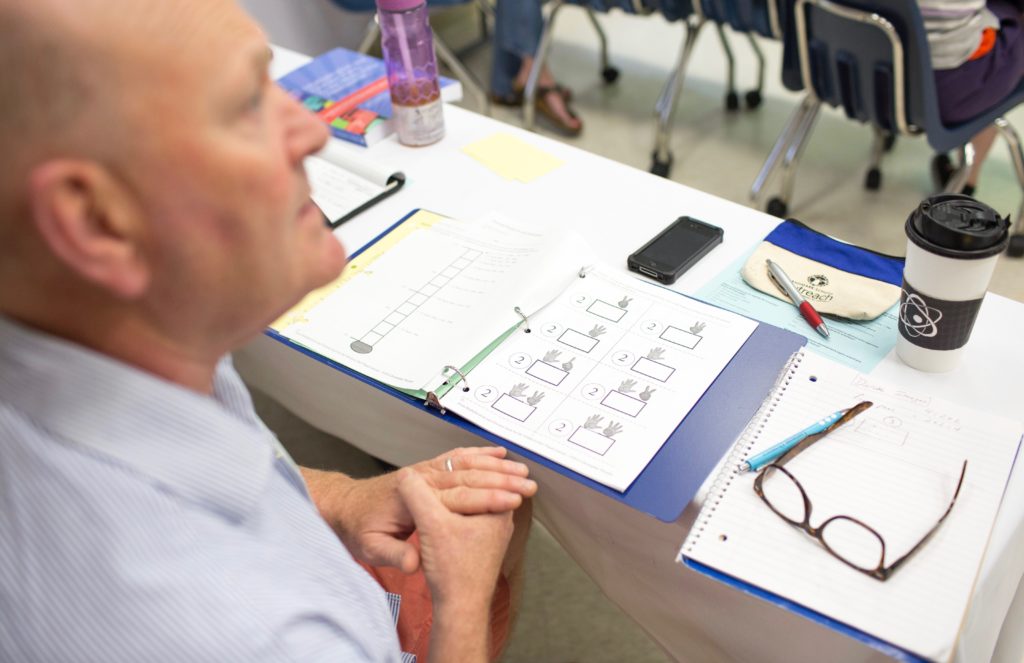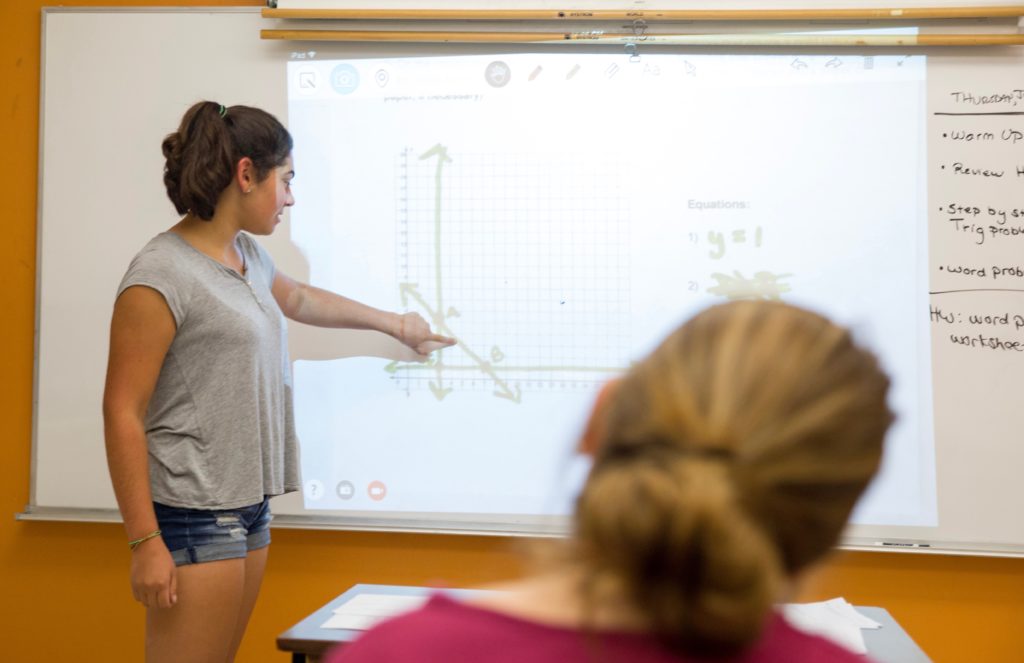Defining Dyscalculia
The National Center for Learning Disabilities (NCLD) defines dyscalculia as, “a specific learning disability in math. Children with dyscalculia may have difficulty understanding number-related concepts or using symbols or functions needed for success in mathematics” (Horowitz, Rawe, & Whittaker, 2017, ch. 1).
The ability to acquire arithmetic skills without being explicitly taught to do so is based on an innate capacity to make meaning from numeracy information in our experiences. For example, counting, adding, comparing, and understanding quantities develop naturally without formal schooling, but exposure in home settings (Shalev, 2001). It is also understood that we have some capacity to understand number concepts and quantities as early as infancy. Interestingly, math tasks rely on largely distinct regions of the brain than reading (Butterworth, Varma, & Laurillard, 2011).
Neuroimaging has deepened our understanding of what happens in the brain when a student is asked to perform calculations or understand quantities. There is evidence (Ischebeck, Zamarian, Schocke, & Delazer, 2009) that supports that most arithmetical and numerical processes happen through a communication between the parietal lobes, the left frontal lobe, and the intraparietal sulcus (Butterworth, Varma, & Laurillard, 2011). The activation of our different memory systems work together to help us retrieve learned facts and to help us learn new facts; different parts of the brain are activated to recall math facts versus math concepts. In other words, completing a math problem simultaneously engages multiple areas of the brain (Butterworth, Varma, & Laurillard, 2011).
So, what is happening inside the brain of an individual with dyscalculia? Although there is not one clear consensus as to the origins or genesis of dyscalculia, like individuals with dyslexia, individuals with dyscalculia have brains that are wired differently; individuals with dyscalculia may have difficulty attaching meaning to numbers just has an individual with dyslexia may have difficulty attaching meaning to letters and words. As a recent study suggests,
“It seems that the typically developing individual, even when retrieving math facts from memory, cannot help but activate the meaning of the component numbers at the same time. If that link has not been established, calculation is necessarily impaired” (Buttersworth, Varma, Laurillard, 2011, p.1051).
More specifically, Dirks and colleagues (2008) conducted research indicating “that arithmetic and reading may depend on similar cognitive predictors … and that the same phonological processing abilities that are considered to influence growth in reading also appear to contribute to growth in general computation skills”(p. 460).
References:
Butterworth, B., Varma, S., & Laurillard, D. (2011). Dyscalculia: From brain to education. Science, 332 (6033) 1049-1053. DOI: 10.1126/science.1201536
Dirks, E., Spyer, G., van Lieshout, E. C. D. M., & de Sonneville, L. (2008). Prevalence of combined reading and arithmetic disabilities. Journal of Learning Disabilities, 41(5), 460-473.
Horowitz, S. H., Rawe, J., & Whittaker, M. C. (2017). The State of Learning Disabilities: Understanding the 1 in 5. New York: National Center for Learning Disabilities.
Shalev R.S., Gross-Tsur, V. (2001). Developmental Dyscalculia. Pediatric Neurology, 24, 337-342.



